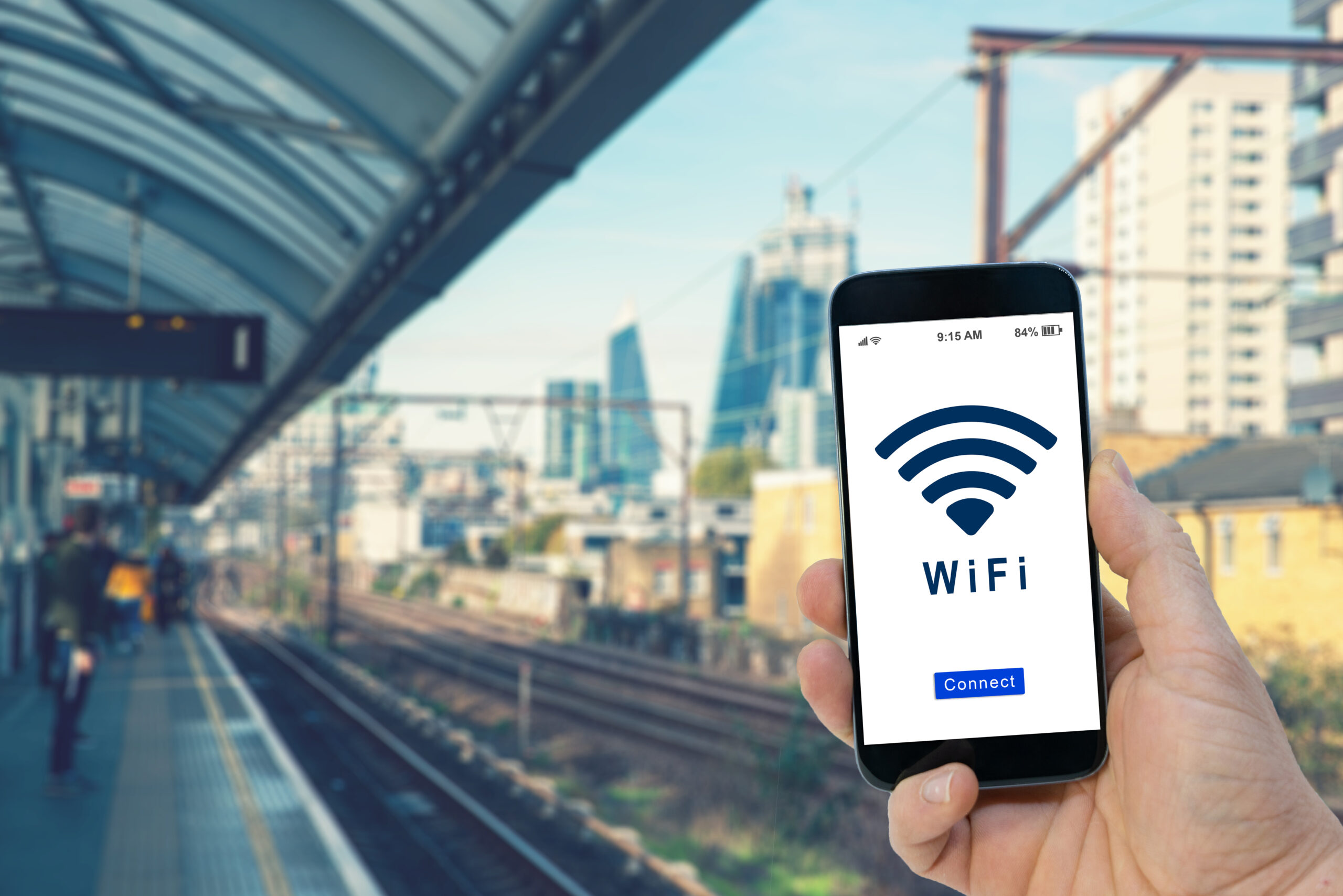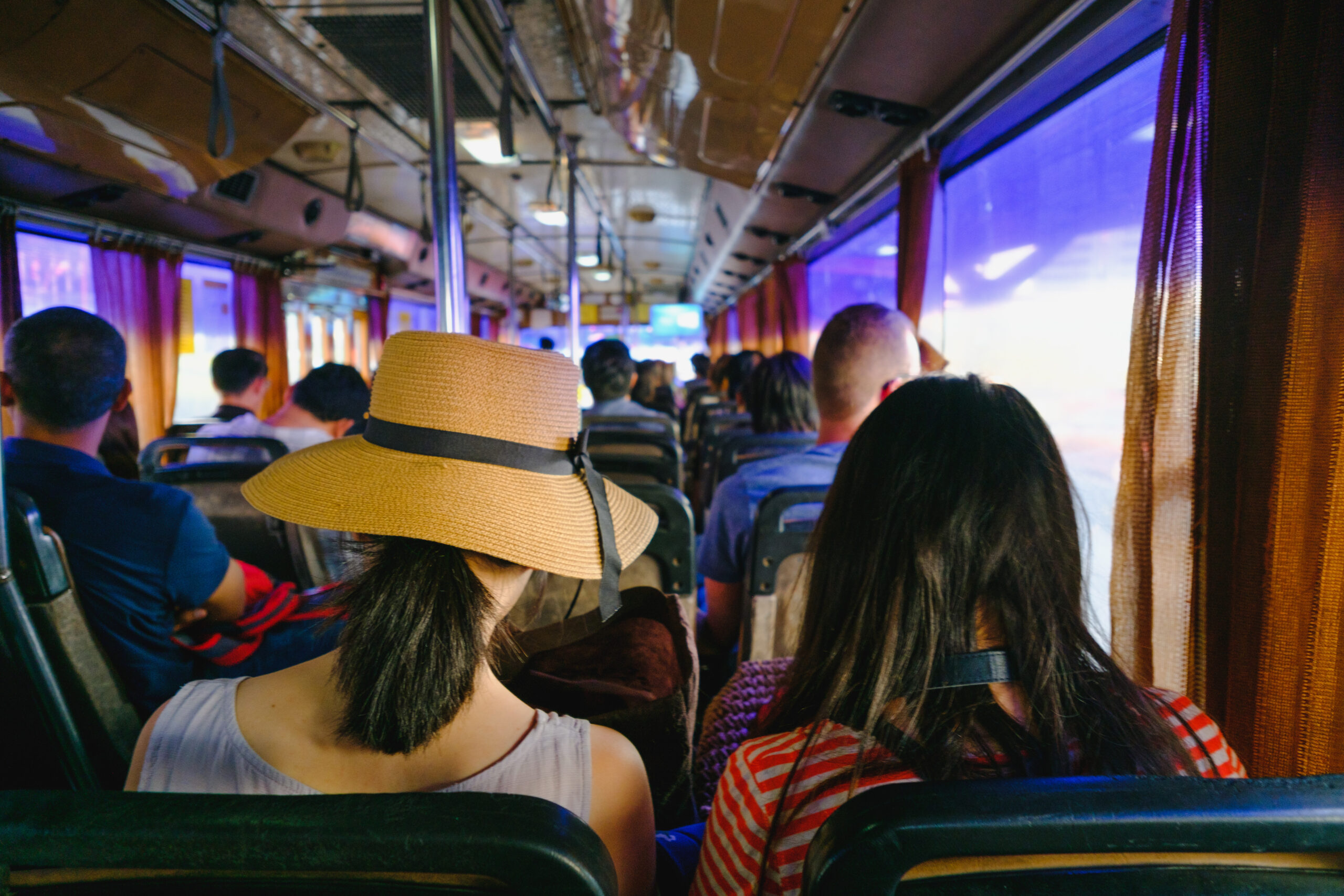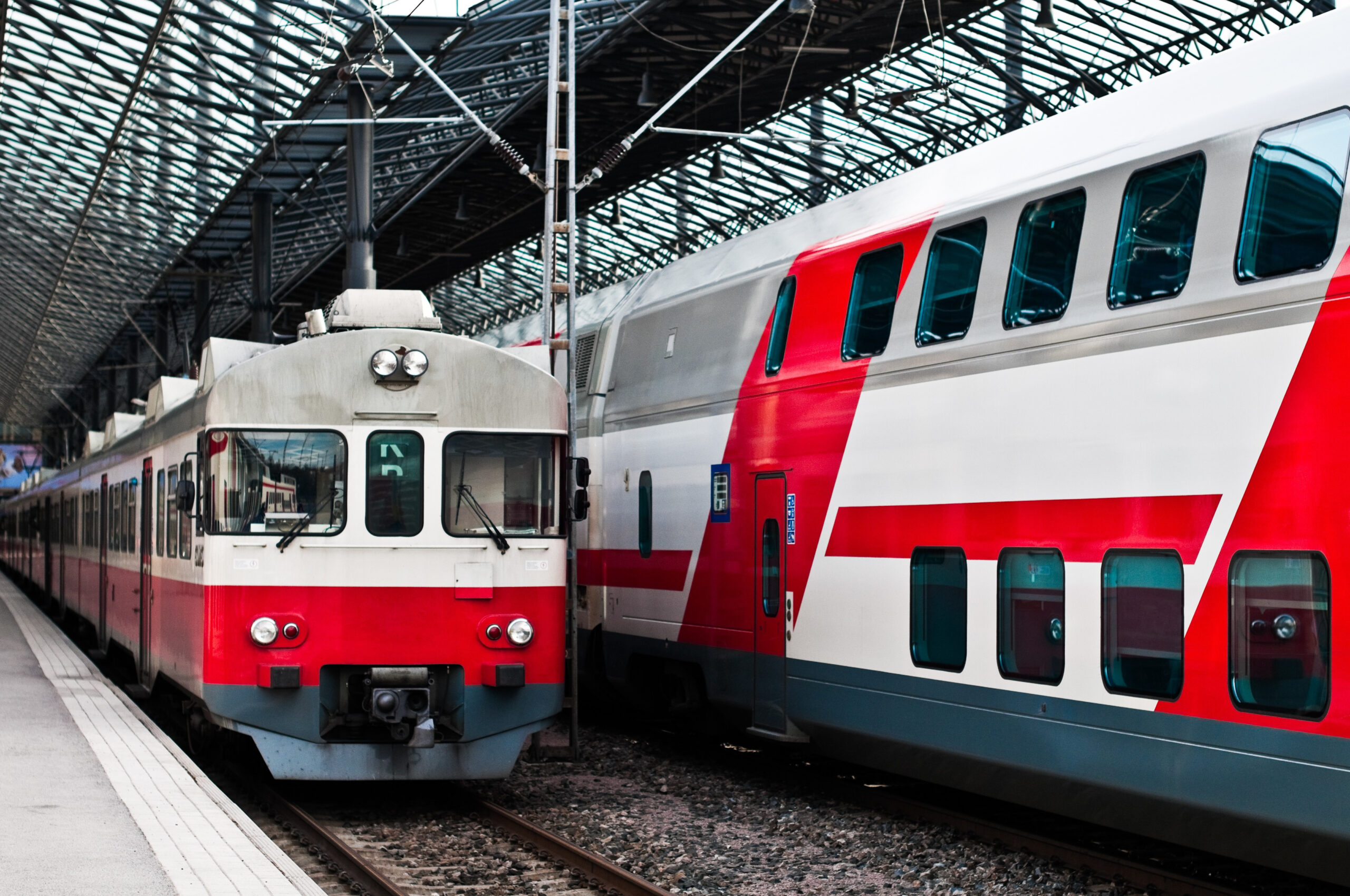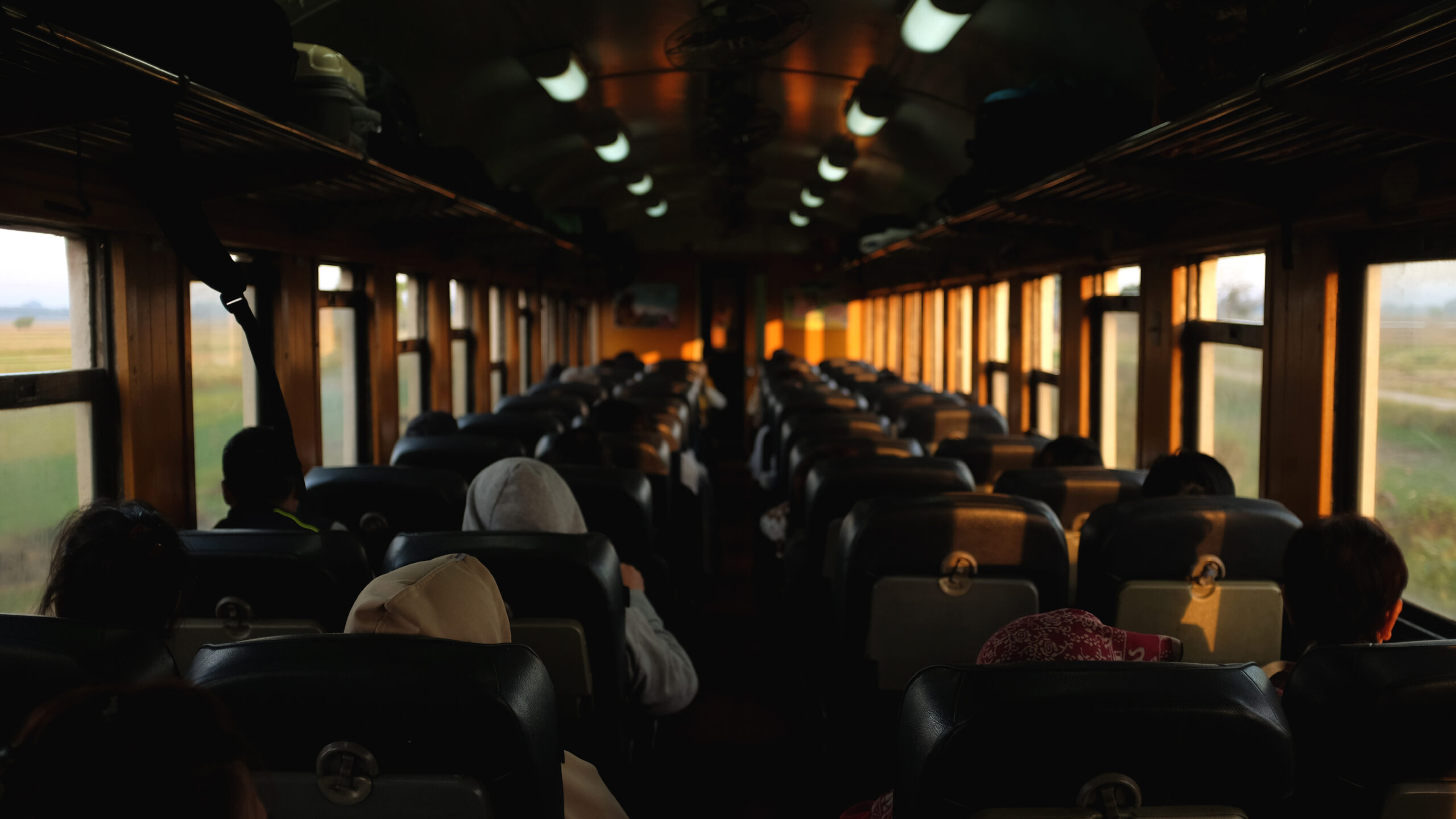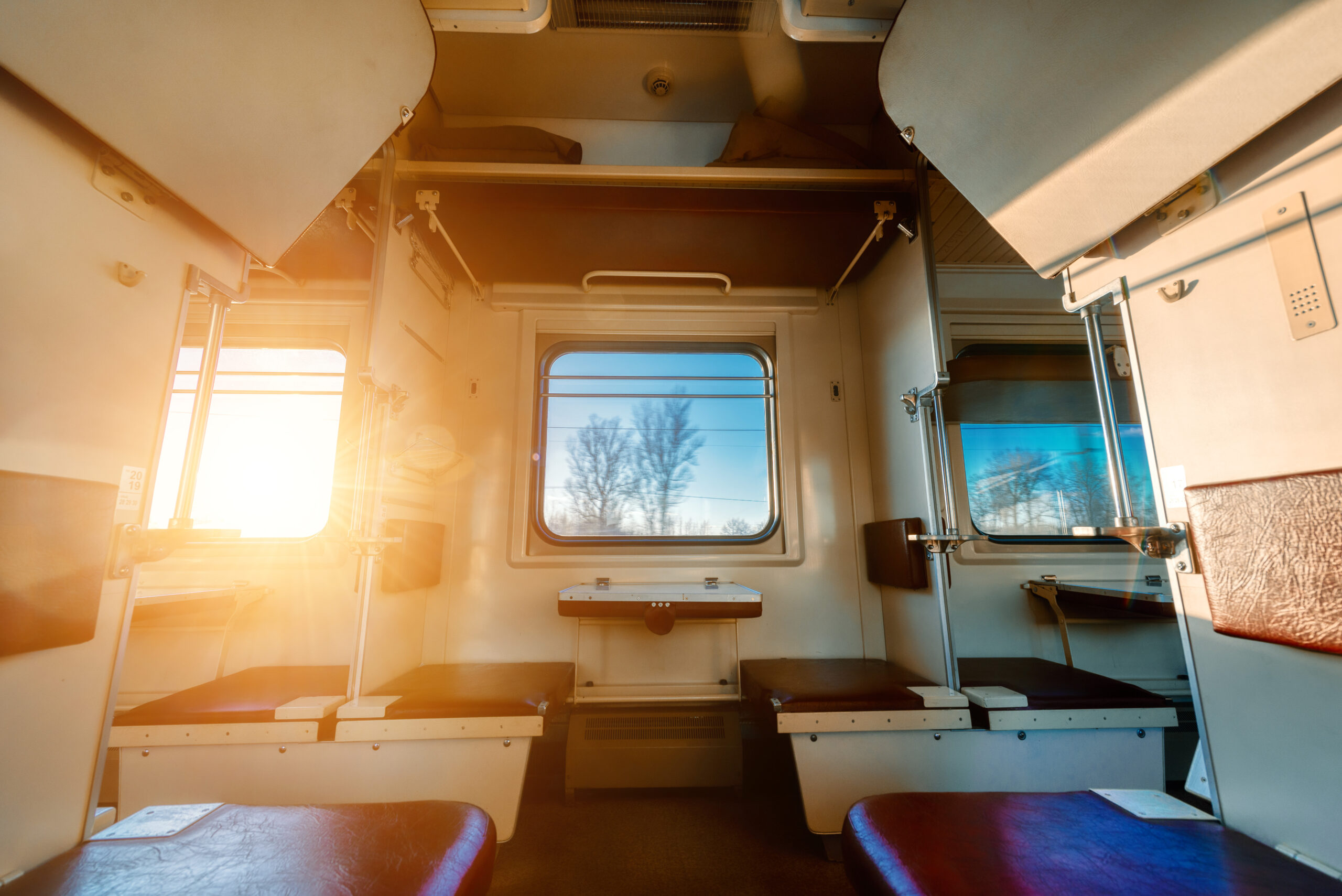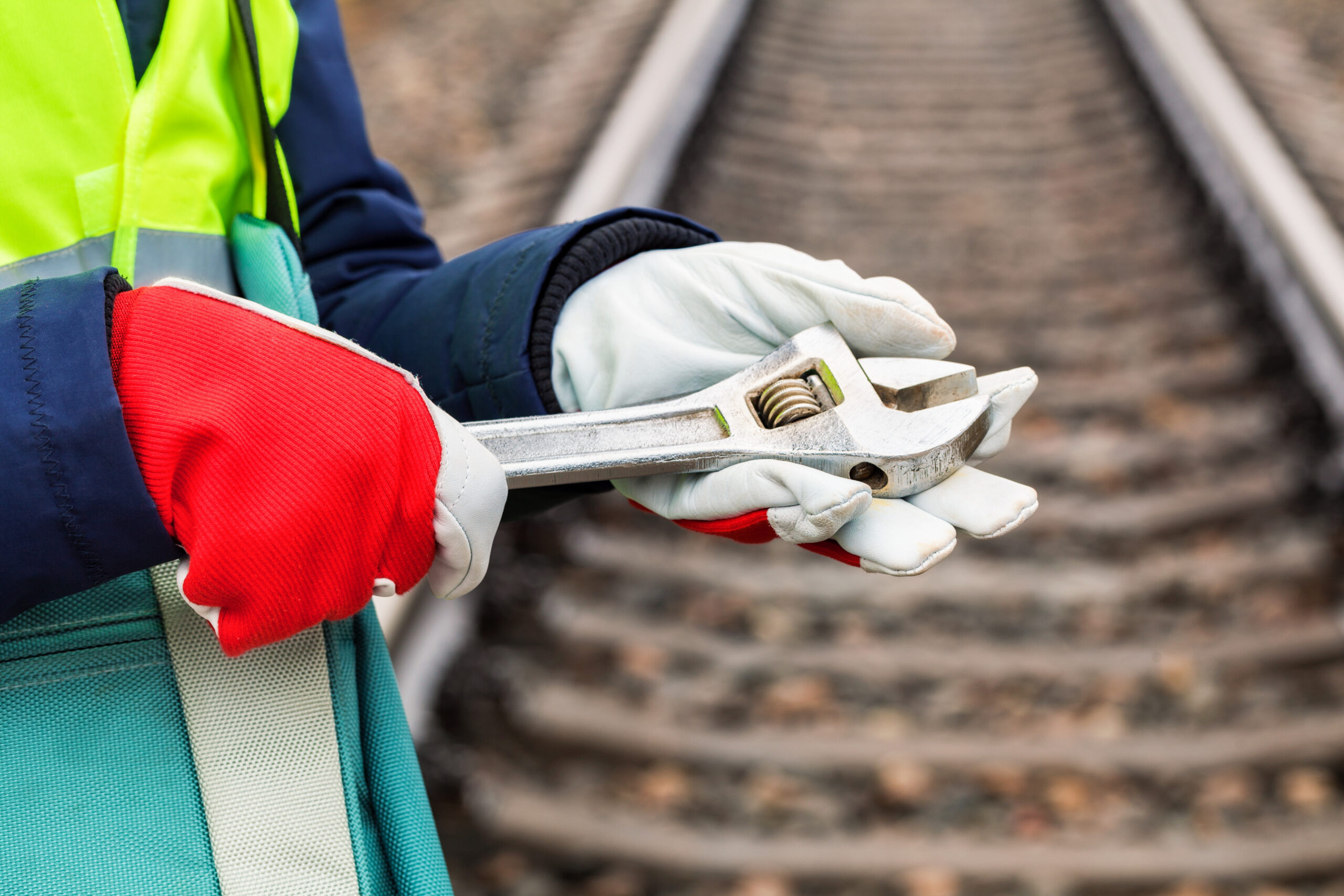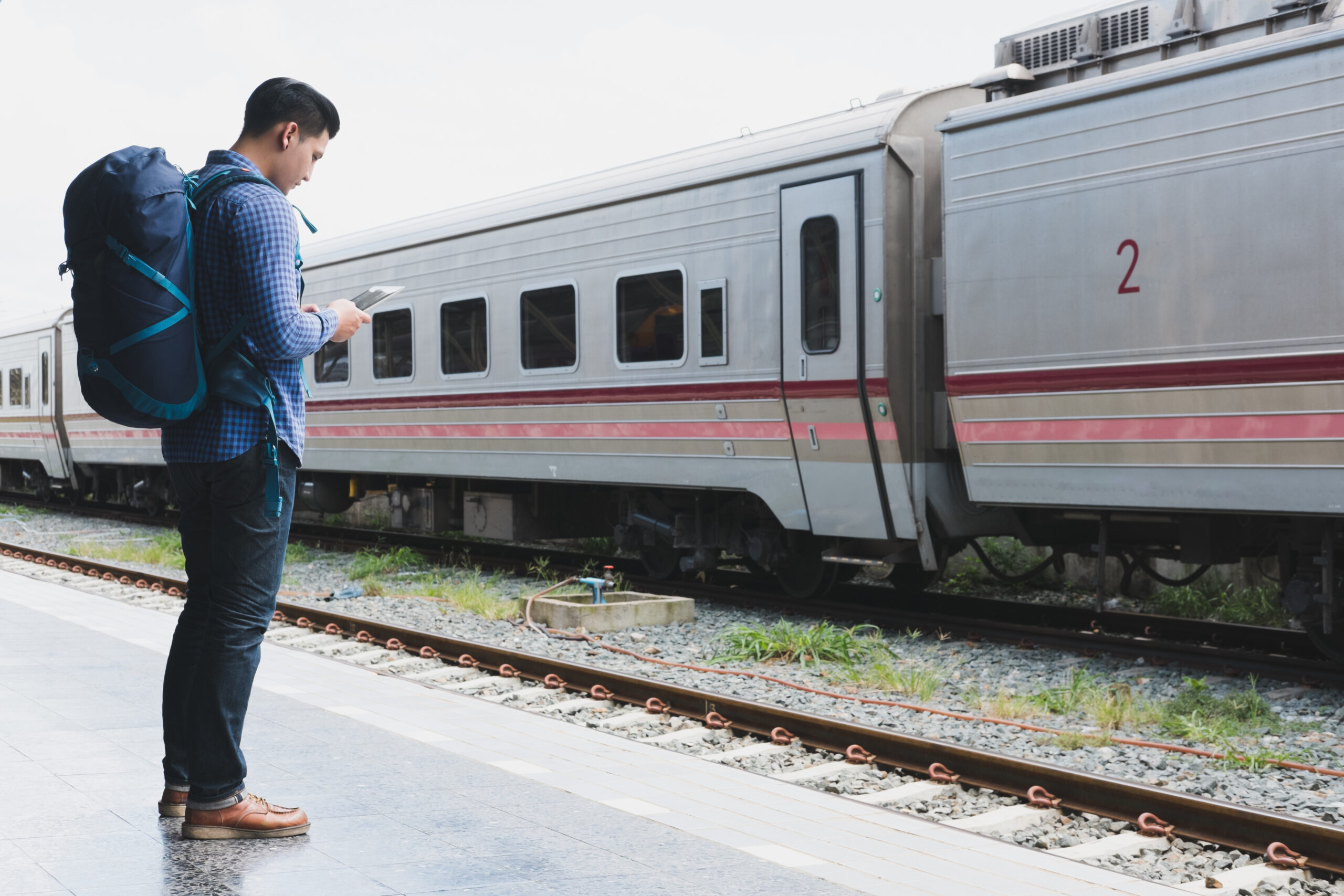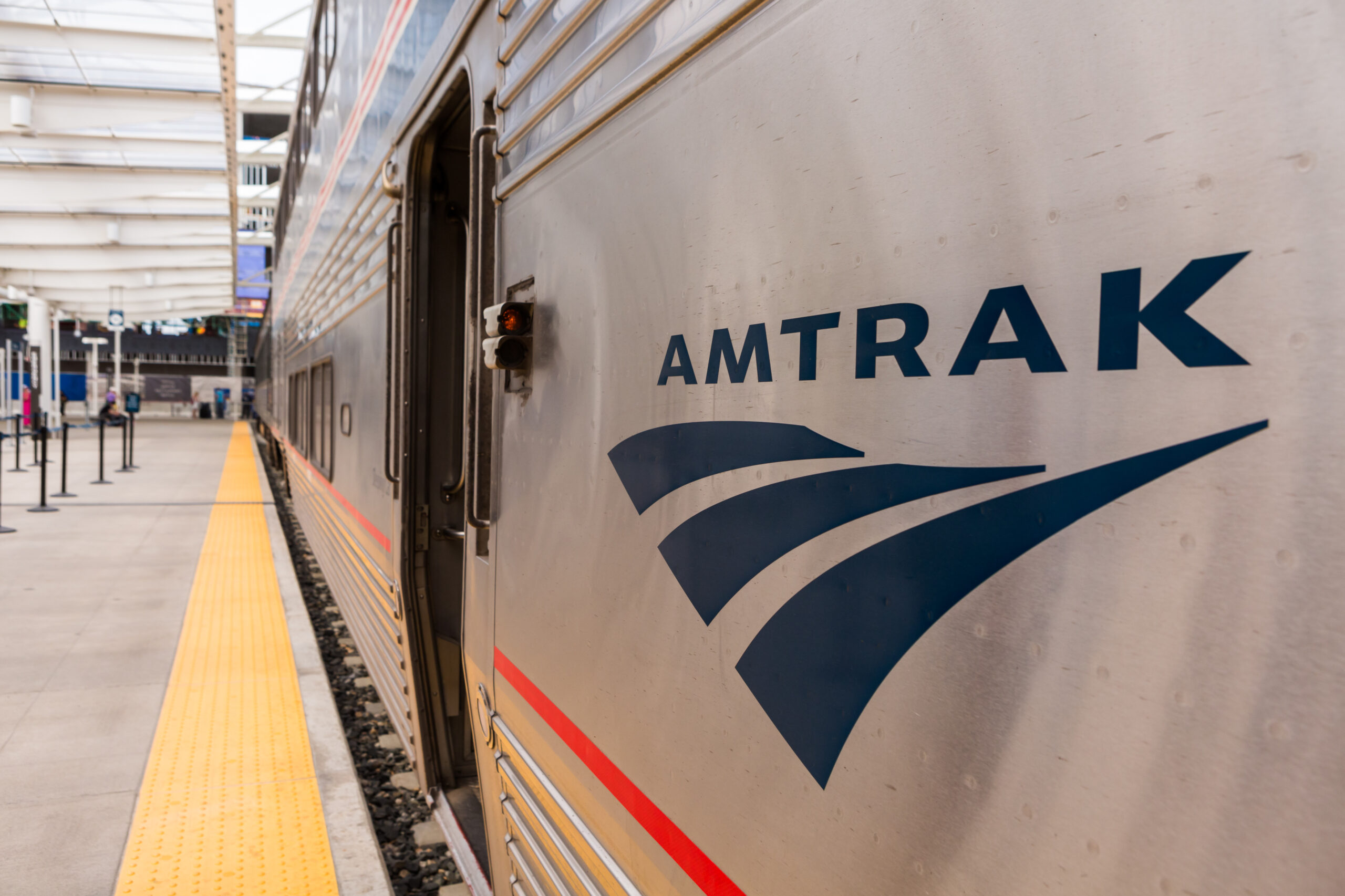
123rf
Train travel in the United States, symbolized by the iconic Amtrak, offers a unique window into the sprawling landscapes and urban backdrops of the country. It’s a mode of transport steeped in romanticism, often praised for its nostalgic appeal and scenic routes. However, despite its picturesque reputation, Amtrak travel might not always live up to the expectations set by its idyllic portrayals. From logistical inefficiencies to outdated infrastructure, the reality of traveling by Amtrak can be far from the serene and efficient experience passengers may anticipate. In this article, we discuss fourteen reasons why choosing Amtrak for your next journey could be more of a hassle than a pleasure.
1. Delays Are More Common Than You Think
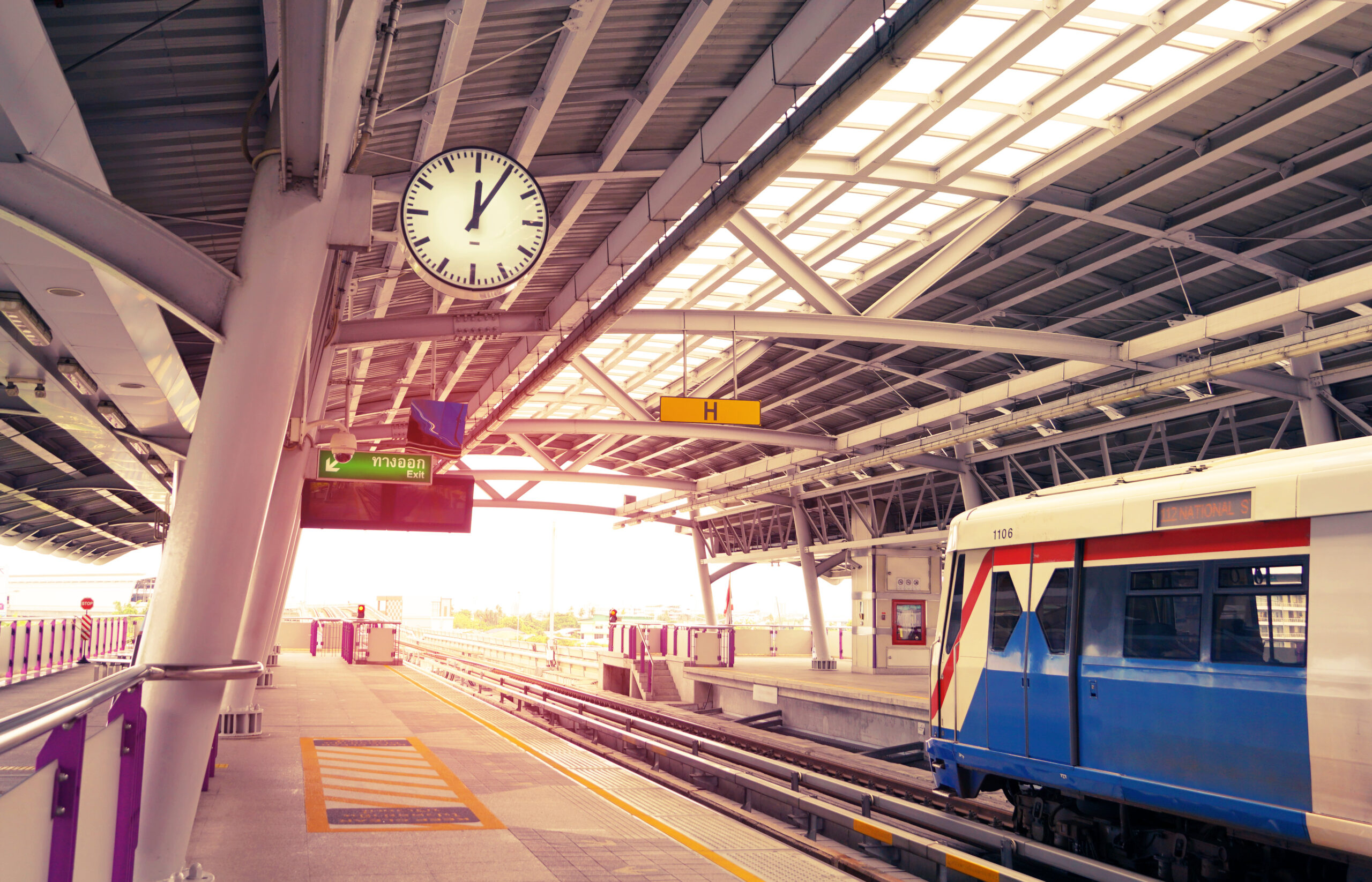
123rf
Amtrak often finds itself at the mercy of freight trains, which share the same tracks and have priority over passenger services. This frequently results in delays that can disrupt travel plans and appointments. The unpredictability of arrival and departure times can be especially frustrating for those on a tight schedule. Because Amtrak does not own most of the tracks it operates on, it can do little to mitigate these delays. Customers have reported trips that are delayed for hours, turning what should be a quick journey into a day-long affair. If time is a critical factor for you, Amtrak might not be the best choice.
2. Aging Infrastructure
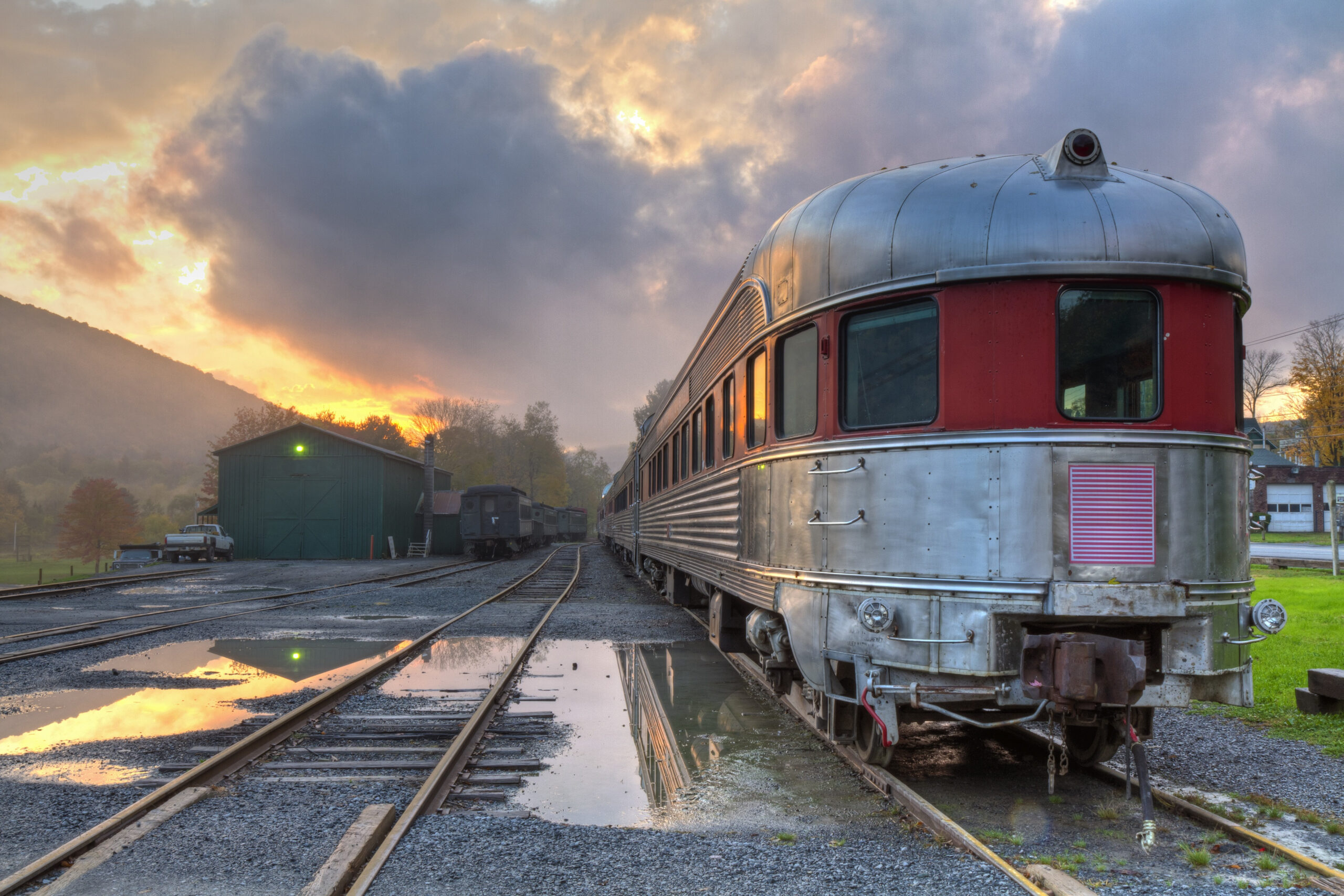
123rf
Much of the rail infrastructure in the United States is outdated, which can lead to safety concerns and inefficiencies. Amtrak’s reliance on these old systems means that breakdowns and maintenance issues are not uncommon. Riders often experience bumpy rides, jarring track switches, and sudden stops. The outdated nature of the tracks and cars can also limit the speed of travel, making trips longer than necessary. Investment in modernizing track and equipment is lagging, which does not bode well for future improvements. This old infrastructure can significantly detract from the overall comfort and reliability of your travel experience.
3. Limited Coverage and Connectivity
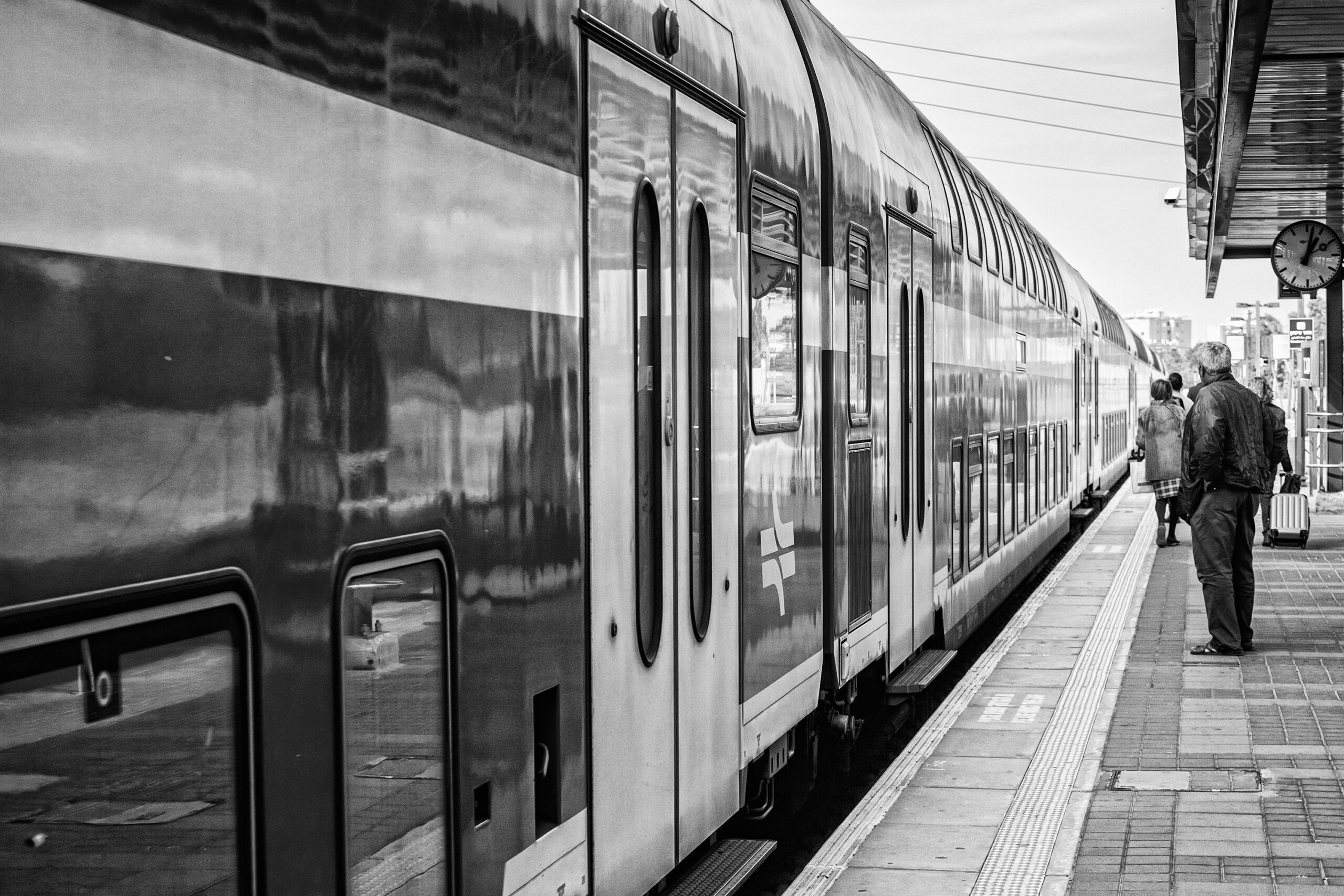
123rf
Amtrak’s network is far from comprehensive, which limits where you can go without transferring to other modes of transportation. Many rural and suburban areas are underserved, making train travel inconvenient for a significant number of potential passengers. If you’re looking to explore off-the-beaten-path destinations, Amtrak might not get you very close. Additionally, connections between Amtrak services and other public transportation can be poorly coordinated. This lack of integration can make door-to-door travel times unnecessarily long and complicated. For seamless travel, other methods might serve you better.
4. High Costs for Questionable Value

123rf
Amtrak tickets can be surprisingly expensive, particularly when compared to other modes of transport like buses or budget airlines. The cost is not always justified by faster travel times or superior service. Private room accommodations on longer routes are especially pricey, which might deter those looking for a budget-friendly option. Furthermore, there are often additional costs for things like Wi-Fi, food, and beverages, which can add up quickly. Discounts and deals are available, but they can be hard to come by and usually require advanced planning. Overall, the value for money when traveling with Amtrak can be disappointing.
5. Inconsistent Service Quality
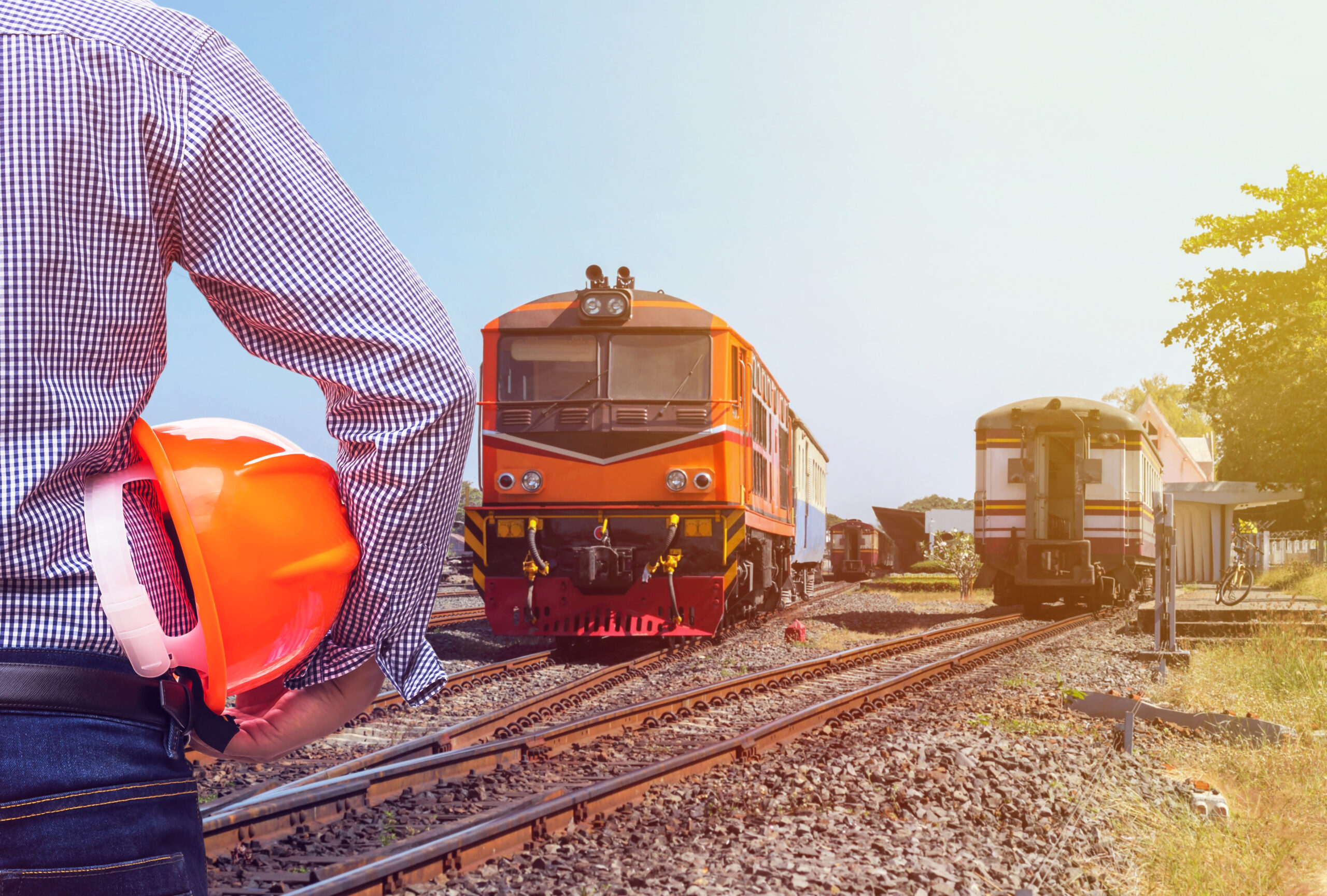
123rf
The quality of service on Amtrak trains can vary widely depending on the route and the staff on duty. Some travelers have had excellent experiences with friendly, helpful staff, while others report neglect and even rudeness. The cleanliness of the trains can also be hit or miss, with some passengers complaining of unkempt conditions in seating areas and restrooms. On-board amenities like Wi-Fi are often unreliable, which can be a major inconvenience for those needing to work or communicate during their journey. Overall, the inconsistency in service can lead to a gamble in passenger satisfaction.
6. Limited Dining Options
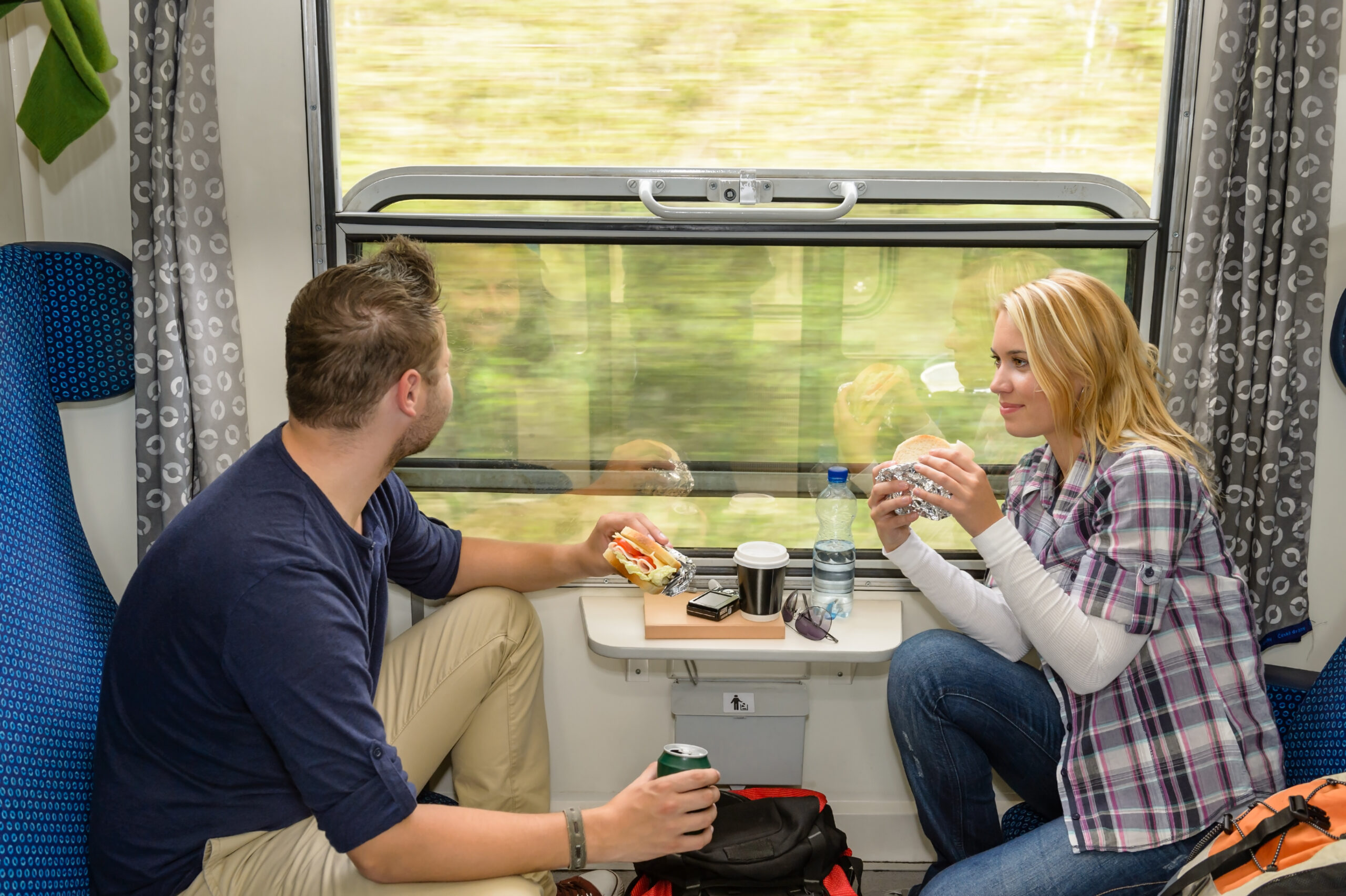
123rf
The dining options available on most Amtrak trains are limited and often lack variety, especially for those with dietary restrictions or preferences. The quality of food has been a frequent point of critique among travelers, with many finding it overpriced and underwhelming. On some routes, the traditional dining car has been replaced with pre-packaged meals, reducing the quality and experience of dining on board. Snack cars provide some alternatives, but the choices are typically standard cafeteria fare. This can make long journeys particularly challenging for passengers looking for a pleasant dining experience.
7. Environmental Concerns
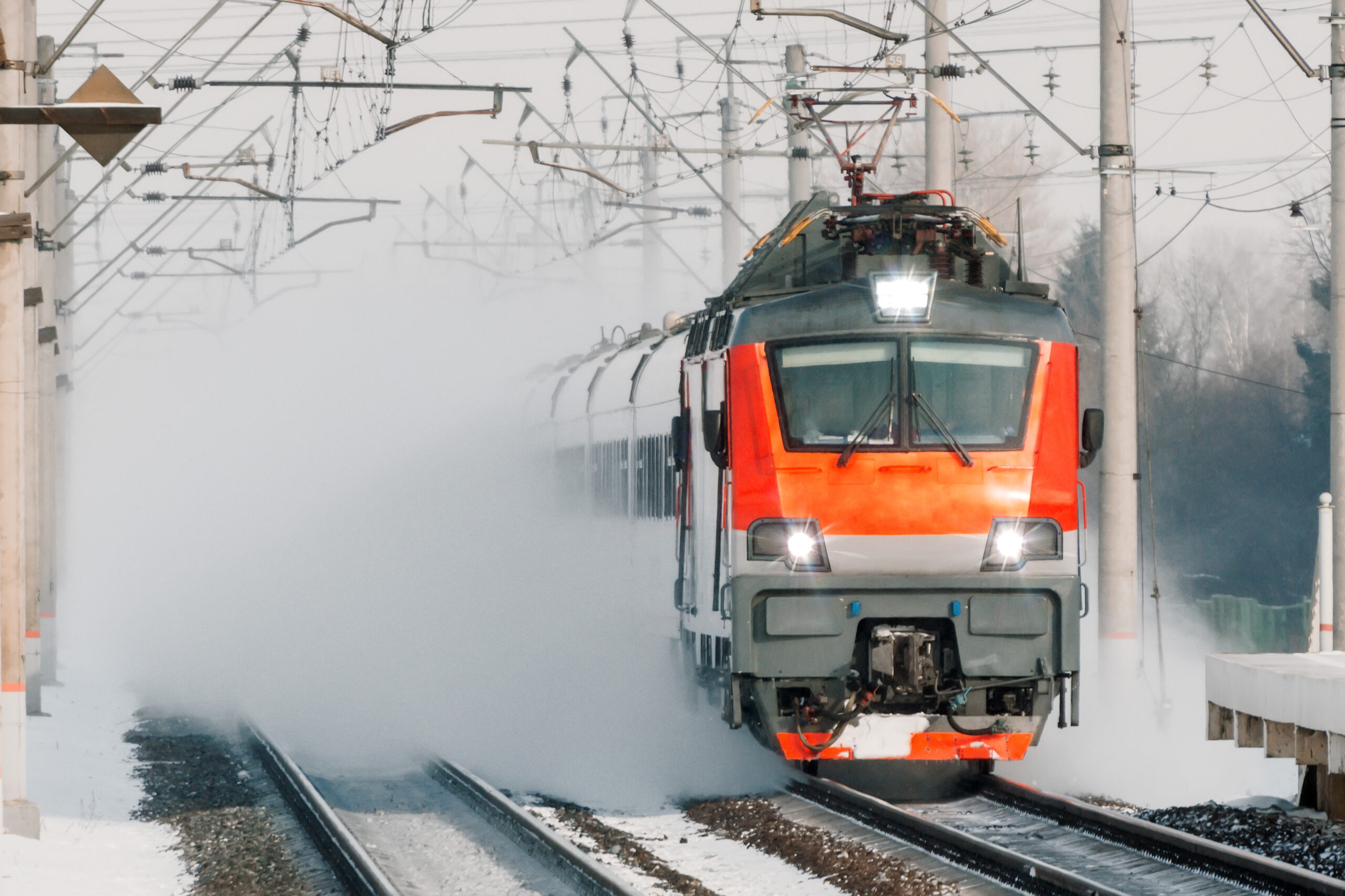
123rf
Despite rail travel generally being considered more environmentally friendly than car or air travel, Amtrak’s aging diesel engines and the lack of investment in cleaner technologies cast a shadow on its green credentials. The trains are not as eco-friendly as they could be, which may deter environmentally conscious travelers. The reliance on old technology not only contributes to higher emissions but also to noise pollution. Upgrades to more sustainable options are slow, and the environmental impact of continuing to use outdated technology is significant.

